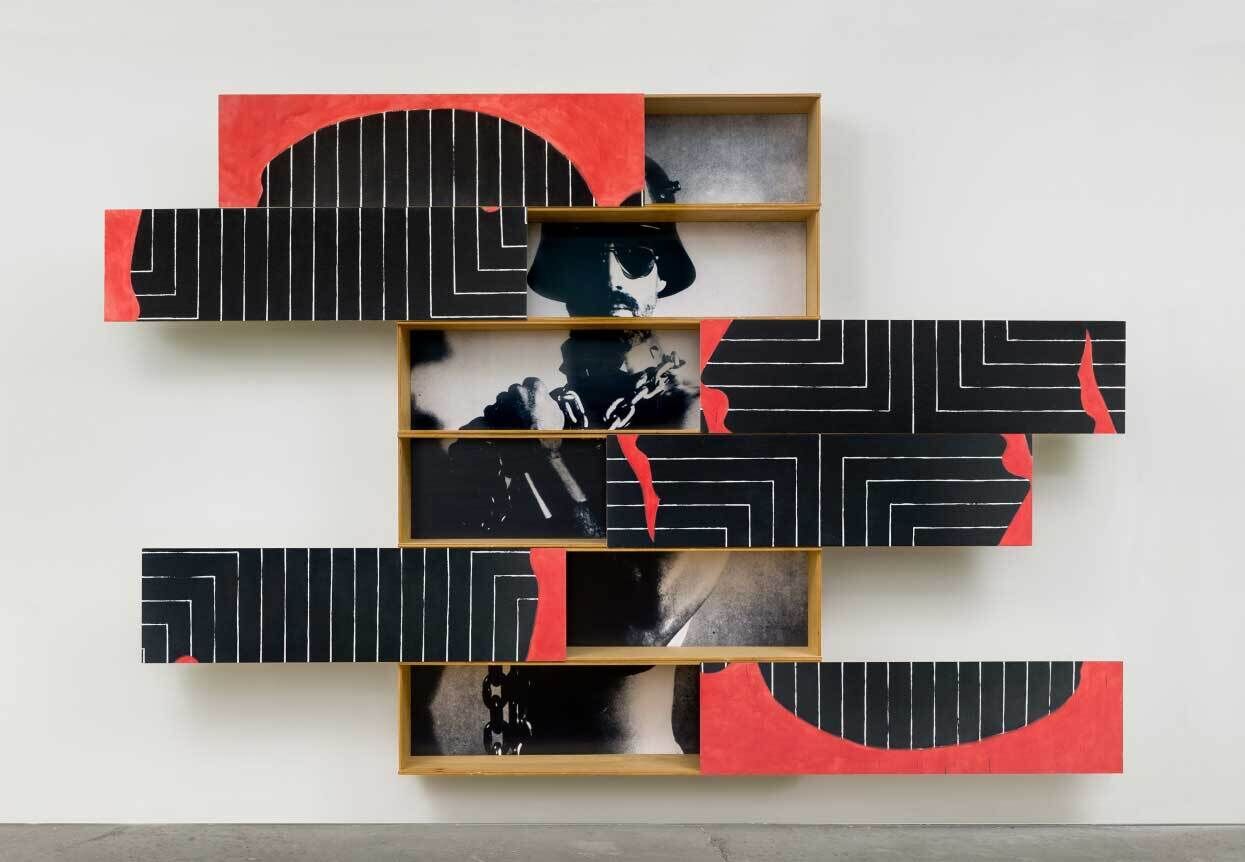Inheritance | Art & Artists
June 28, 2023–Feb 4, 2024
Inheritance | Art & Artists
Homage
3
Artists have always looked to their predecessors for inspiration, comparison, or context, and in homage or critique (or both). Consciously or not, artists are the inheritors of past generations of makers across time and space. The works in this gallery make this continuity explicit, looking to influential art historical and political movements of the twentieth century—Surrealism, industrial design, the 1930s labor movement, social documentary photography, hard-edge painting, and Minimalism—and updating them through shifts in medium, scale, and intent.
Artists
- Ephraim Asili
- Sadie Barnette
- Kevin Beasley
- Diedrick Brackens
- Beverly Buchanan
- Widline Cadet
- Andrea Carlson
- Jonathan Lyndon Chase
- Ralston Crawford
- Mary Beth Edelson
- John Edmonds
- Kevin Jerome Everson
- Chitra Ganesh
- Todd Gray
- Wade Guyton
- David Hartt
- Emily Jacir
- Wakeah Jhane
- Mary Kelly
- Deana Lawson
- An-My Lê
- Maggie Lee
- Sherrie Levine
- Dindga McCannon
- Ana Mendieta
- Thaddeus Mosley
- Lorraine O'Grady
- Kambui Olujimi
- John Outterbridge
- Pat Phillips
- Faith Ringgold
- Sophie Rivera
- Carissa Rodriguez
- Cameron Rowland
- Sturtevant
- Clarissa Tossin
- Kara Walker
- Joan Wallace
- WangShui
- Carrie Mae Weems
- Hank Willis Thomas
- Bruce and Norman Yonemoto





